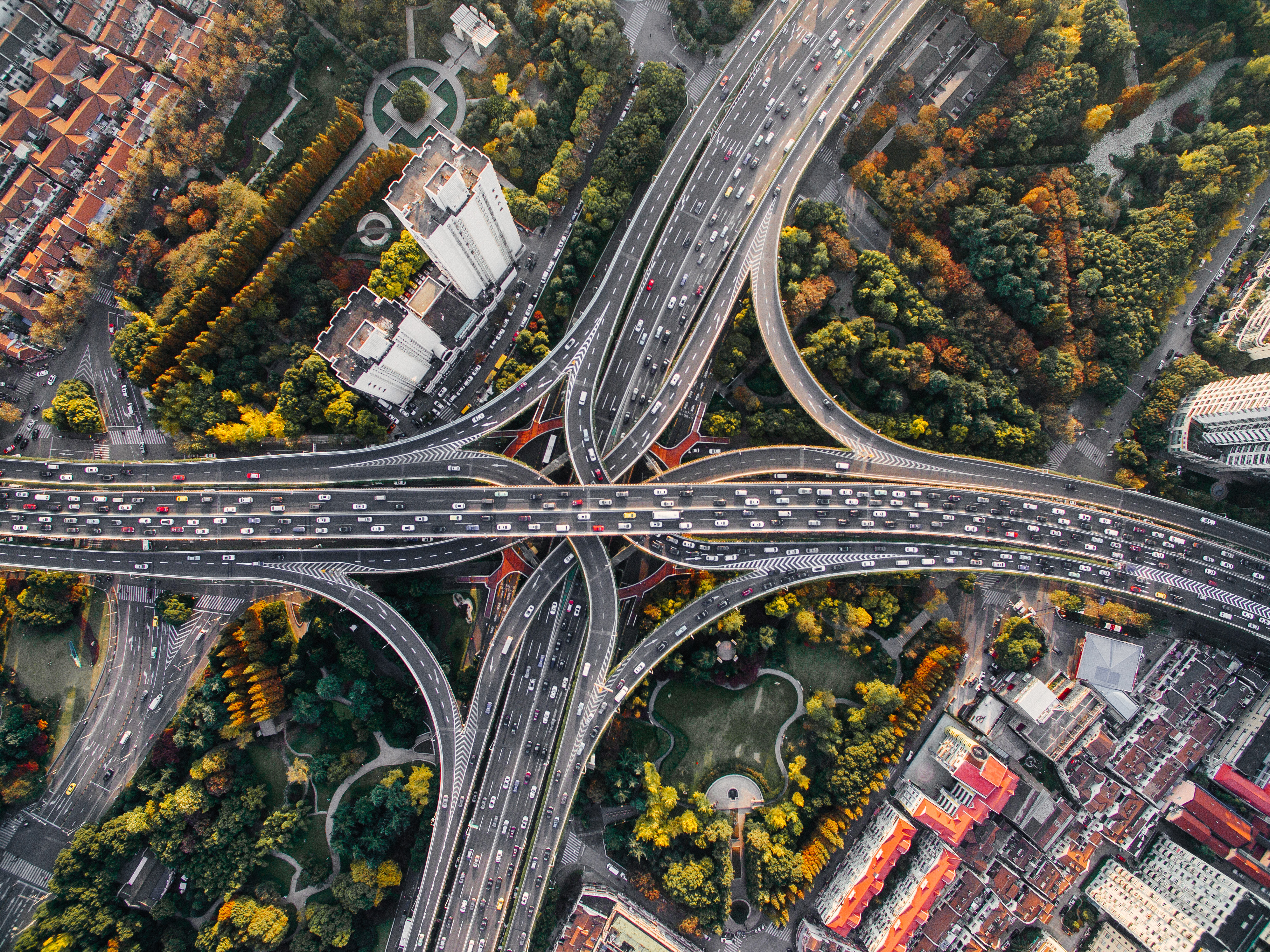
If you’re working as a professional drone pilot, you should be familiar with the FAA’s regulations around flying over streets and moving traffic. After all, you may encounter points during your career where you want to get footage that requires flying near or over roads and other places while cars are moving through them. Understanding the legality and ethics of flying in those scenarios will ensure that you’re getting the shots you want without putting anybody at risk.
HERE’S WHAT TO KNOW ABOUT FLYING OVER STREETS
While you may believe that it is okay to fly over moving vehicles at a reasonable distance, this isn’t necessarily true. As The Drone Pilot Field Kit outlines:
“The FAA believes that a person should be allowed to fly over a person who is inside a stationary covered vehicle that can provided reasonable protection from a falling unmanned aircraft. The FAA has modified this rule accordingly. This rule will not, however, allow operation of a small unmanned aircraft over a moving vehicle because the moving vehicle-operating environment is dynamic and the potential impact forces when an unmanned aircraft impacts a moving vehicle pose unacceptable risks due to head-on closure speeds. Additionally, impact of a small unmanned aircraft may distract the driver of a moving vehicle and result in an accident.”
Technically, this means that you aren’t allowed to fly your drone over streets with moving traffic, due to the fact that the drivers won’t be aware of your drone’s presence and will not be prepared to respond safely if your drone happens to fall from the sky.
However, the Field Guide goes on to point out that, according to the FAA’s regulations around individual people, you are allowed to fly over them when they are “directly participating” in the production of the drone footage. The FAA defines this term by saying, “Directly participating refers to any individual that the remote pilot has deemed to be involved with the flight operation of the small unmanned aircraft. These include the remote pilot in command, the person manipulating the controls of the sUAS, and the visual observer. These personnel also include any person who is necessary for the safety of the sUAS flight operation. For example, if an sUAS operation involves any person whose duties are to maintain a perimeter, to ensure that other people do not enter the area of the operation, that person would be considered to be a participant in the flight of the sUAS”.
If you were shooting drone footage of real estate for the example, and you employed the real estate agent to stand by and keep people outside of the flight area, this person would be considered a participant in your flight and could be flown over. You couldn’t, however, fly over the neighbor outside walking their dog.
WHAT DOES THIS MEAN FOR DRONE PILOTS?
Essentially, you want to make sure that everyone in the flight area is somehow involved in the production of the footage and is aware of the camera’s place in the sky at all times.
Because those inside of cars traveling through moving traffic are not involved in the production of your shot and therefore aren’t participants in the flight, you cannot fly of them. However, if there are people in cars that are participants in the flight, feel free to safely fly your drone right over them.








Add Your Comment